Blog
Read more about why we do what we do
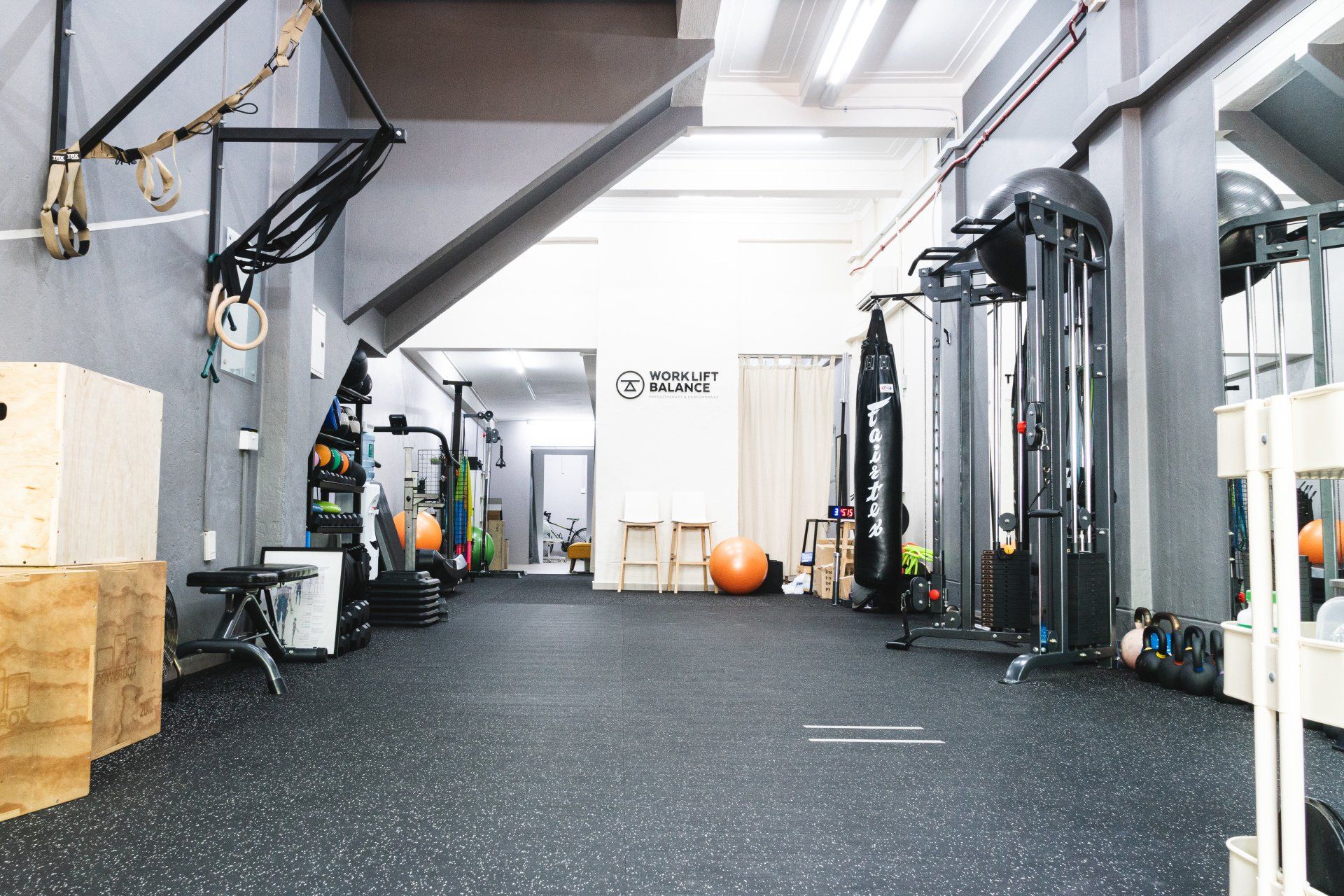
By mildred
•
30 May, 2020
Before Your Visit Client Screening It's essential that we know the status of your health so you'll receive an online form to be completed before turning up for your session. You will find the link in your confirmation email. Checking-In at WLB Time of Arrival Please arrive for your session right on time and not too early. Upon arrival, you'll need to complete the Safe Entry form and a member of our team will assist you in temperature taking. In this time, we are not allowing clients to use any equipment unsupervised before or after session. Please do the necessary preparation at home before coming in. Wash your Hands Before your session commences, please do a thorough hand wash with the anti-bacteria soap provided. Face Protection Team members and clients are required to wear masks at all times when you're in the space except when it limits your breathing capabilities during your treatment session. Social Distancing The pre-Circuit Breaker markers are still around to help you know where to stand and sit . Please follow them and stay at least 1m away from everyone! After Your Session Time to Sanitize All sessions will end on time to allow for ample time to clean the treatment table and equipment used. Contactless Payment At this time, we will not be accepting cash or NETS payment. For debit options, you can use PayNow or do a bank transfer. For credit card option, you can pay by GrabPay. All payments must be made within the same day of treatment. You can also choose to pre-pay for your sessions by purchasing a package. This way, you can also help us keep our operations smooth! In this time, we will still continue to offer virtual sessions. Please let us know should you have any further questions or you can go ahead and book your session here .
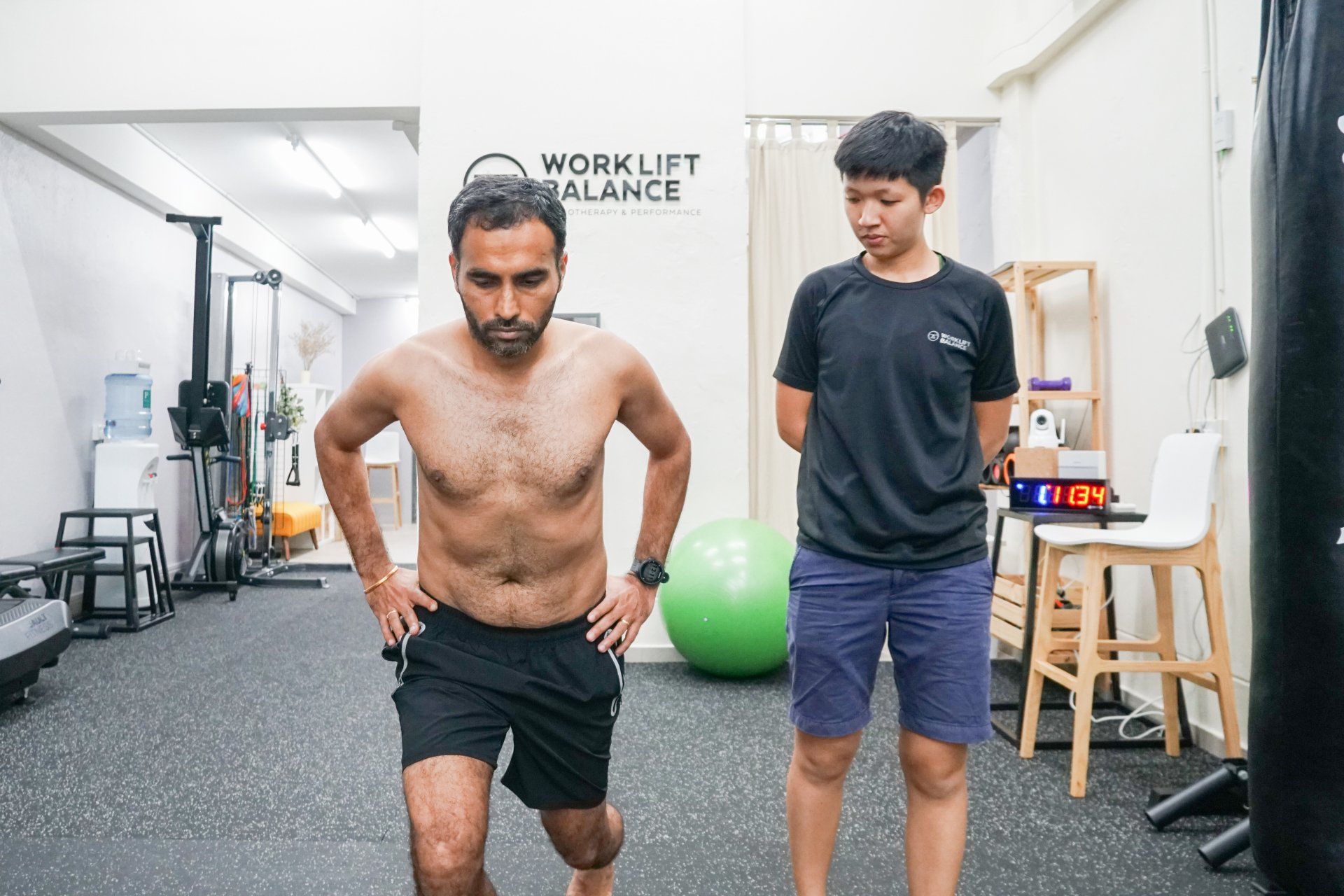
By getstacked
•
14 Dec, 2019
"I'm so strong, but why do I still have pain?" Ever since I've started WLB, we have definitely been dealing with more "strength-related" pain than "sedentary lifestyles" related pain. It's interesting the shift, but it's also a more crucial time to talk about how moving right is key in pain-free performance . Understanding Pain Pain is our body's natural alarm. This alarm often sounds when our body is under threat. This alarm is triggered when the body is trying to alert us and protect us from something. I see it as an indicator for change . Here's a simple example: You've been sitting for an hour, and you're starting to feel some discomfort. You stand and do a little stretch and you instantly feel better. Such a slight change in our posture can already help us eliminate that pain. However, when we think of it with a longer term perspective, it can actually indicate that we need a better change strategy, one that allows us to sit for longer symptoms. For someone who is already active, it actually involves improving the way we utilise our time in the gym . Moving STACKED = Moving Right From a bio-mechanical view point, every joint in our body has a 'load tolerance limit', similar to how a shelf may collapse if you place something that's too heavy for it withstand. It could snap in half, or it would wear out at the joint lines. The beauty of the human body though, is how if load is distributed well, every single joint can support another, leading to a structure that works as one, perfectly. However, this doesn't come intuitively for many and having persistent pain can really change things due to habits that are accumulated with pain. An example will be how after an ankle sprain, you may start limping and overtime change how you use your foot, knee, and really, the whole body. That means that if we aren't moving in a way that's balanced or optimal, strength training can put too much load on certain joints in our body , leading to pain and degeneration. While education & exercise may be the first line of treatment... The question really is... Are you moving right? We use the term STACKED to describe human movement that is balanced, but we often hear our clients say they are here to learn how to move right. What that really means though, is to learn how to optimize human movement by using the joints the way they are designed, and what I've earlier referred to as the most optimal distribution of load. You can read more about STACKED in an earlier post here . To learn more, join us at our upcoming low back and knee pain clinic that runs from January to March, for 8 weeks. We are also holding a Community Workshop that will cover a talk and a introductory class about Low Back & Knee on 4th January! Details to both events can be found on our Facebook Events page or you can go straight to sign up for either here .

By getstacked
•
18 Nov, 2019
The first edition of the Run STACKED Clinic took place between August - September this year! I took four athletes through 8 weeks of coaching to improve their running mechanics. The end goal was for pain-free performance during the Straits Times Run and the Berlin Marathon! While I initially created it to be for people new to STACKED, the people who signed up were our regulars, all whom were already well-versed in the stacked language of training, which turned out better! The goal then was really about fine-tuning, more than it is about learning something new. These are some of what I've learnt and taught as a practitioner: 1. Pain (or perceived pain) limits ability "Why are you doing that?" "Because it hurts to keep it straight." When our athletes were in a different environment, I starting seeing all sorts of "pain-avoidance" patterns showing up. Through conversations and further testing, I’ve realized that these were all beliefs they have previously held about what they should do or how they should respond if there was pain when they run. Key point: If you experience pain when you run - it doesn't mean you should avoid loading the position. Quite often, it boils down to understanding why it hurts, and if there’s nothing broken, you should actually progress into loading it better. This may be a strength problem or a control problem, but regardless, avoiding it does not solve your problem. 2. Understanding does not translate to ability To make it tougher, it almost never stops at patient education. As with a ton of seasoned runners, they know what to do, and what perfect form looks like (though we really rarely it. I'm sure Eluid Kipchoge still has things he could work on!). People often tell me and say things like “I'm working on leaning forward”, “I'm working on not landing on my heels”... Yes, while these are all true and are “evidence-based” (since many people have successfully adopted these strategies and have done well with them), everyone is different and should therefore start at different points instead of pushing their bodies to fit into the same mold. Our brains have an incredible ability to adapt and our bodies all move different. Especially if you have had previous injuries, pushing your body can actually encourage the body to take the path of the least resistance, resulting in compensatory strategies. You can first start by developing your running awareness by asking a friend to spot your running form or have someone video it for you! 3. Ability does not equate to capacity While our runners have decent movement economy within the clinic, we have never monitored their ability to do long runs outdoors and hence have zero idea when their running form would "break". Having a better idea of when their running-specific neuromuscular fatigue sets in helps give them an objective measure of when to be more aware. Sometimes the pain would be there to remind them as well. :P Being the eye for them really helped! Even if you can move well, you’ll need to build on moving well, for longer distances to ensure you don’t succumb to overuse injuries. This really means you’re not conditioned well enough! A final note: Capacity IS NOT Ability There are many who are strong, and have incredible resilience in their minds to get past pain when they run... That may explain why 80% of recreational runners have some form of running-related injury. To improve your ability and actually get better at running, you should work on improving how your body functions! Get STACKED with us!
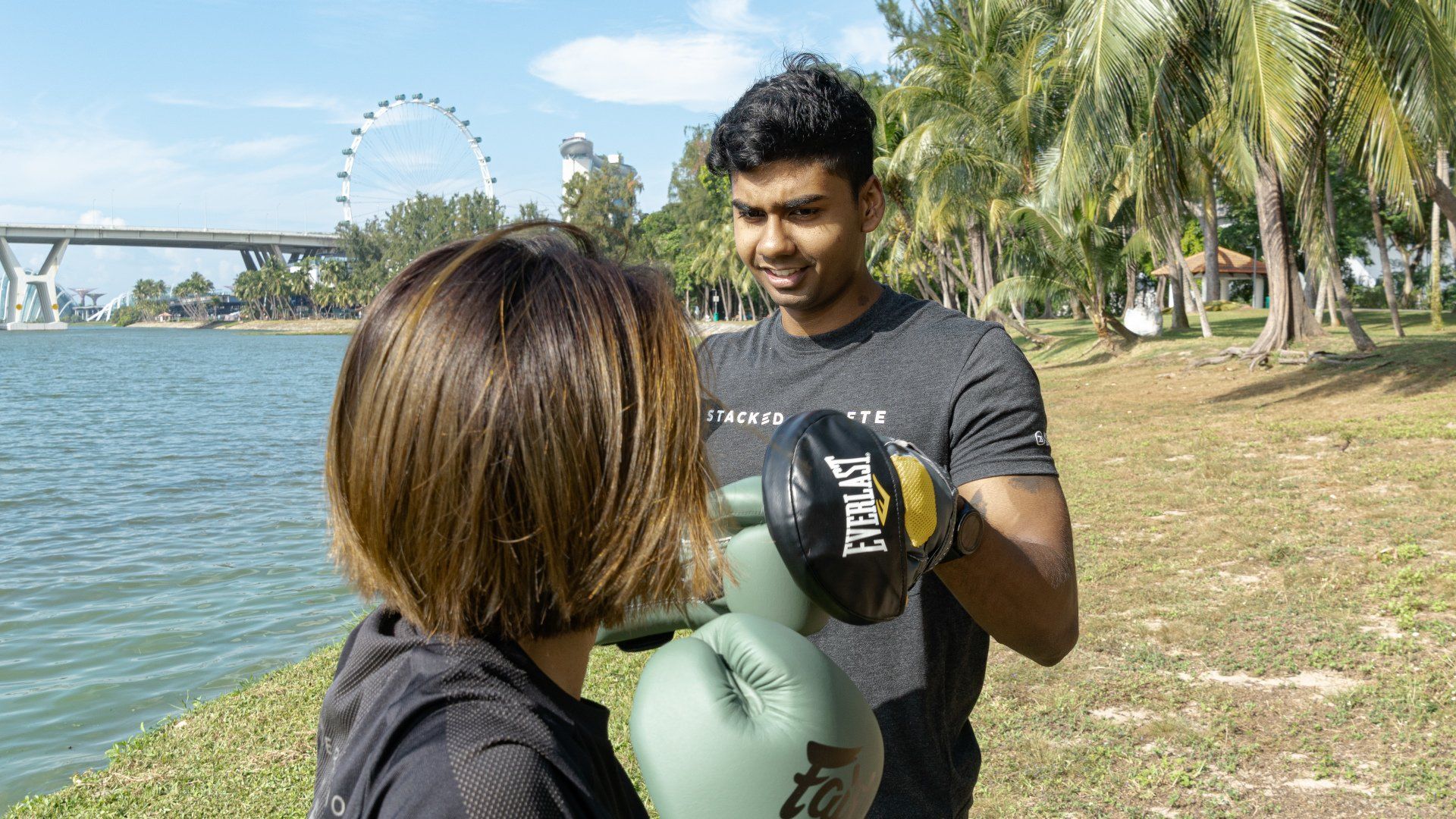
By getstacked
•
29 Oct, 2019
This month, we held Fight STACKED introductory workshops to introduce our athletes to the art of boxing! By incorporating the same elements of our regular STACKED classes, we hope to introduce more variety in our training and to help our athletes develop different skills! We had a short conversation with Kirt about why he decided to start these classes & what he hopes to achieve with his athletes: Hey Kirt! Why Fight STACKED? I used to be an amateur boxer and got injured through my journey of boxing. I overtime realised it was because I didn’t have proper foundations of movement. While there was a lot of emphasis on technique in boxing, there was very little on how exactly I should execute my punches and generate power. As a young boxer then, it was a lot about doing more to get better instead of thinking about how I should do it to get more efficient. It resulted in me becoming pretty broken. What are some of the problems most boxers suffer from? A lot of the guys I was training with complain of shoulder, back, wrist, and elbow problems. Some of the more competitive ones eventually end up needing shoulder surgeries. What do you think is the fundamental flaw of your boxing journey and what can be done better? Boxing training should focus on total body strength and working from the ground up as good grounding gives the friction to deliver a solid punch. A lot of the precision starts with intentional movement. These days, a lot of boxing conditioning is about getting the heart rate high and movements that doesn’t translate to actual functionality in boxing. Boxing is mostly done in the transverse (rotational) plane but you see a lot of sagittal plane movements (front and back) such as push ups, burpees, dumbbell overhead press, sit ups. These are not so transferable to boxing. We know your favorite boxer of all time is Mayweather. Tell us why! He’s a really disciplined boxer and has strong values in staying focused and being in parallel paths to his goals. He doesn’t drink, trains right, eat right. He really does whatever keeps him at the top of his craft and dedicates time to doing what he needs to do to get better. He also has very efficient mechanics (moves well), and is extremely smart and adaptable in his game. So... Who is Fight STACKED for? It’s for everyone who’s interested in boxing and becoming a more functional human being! Because of the emphasis we have in your mechanics, you’ll not only learn new skills, you’ll also learn more about your body and how to properly generate power without doing harm to your body.
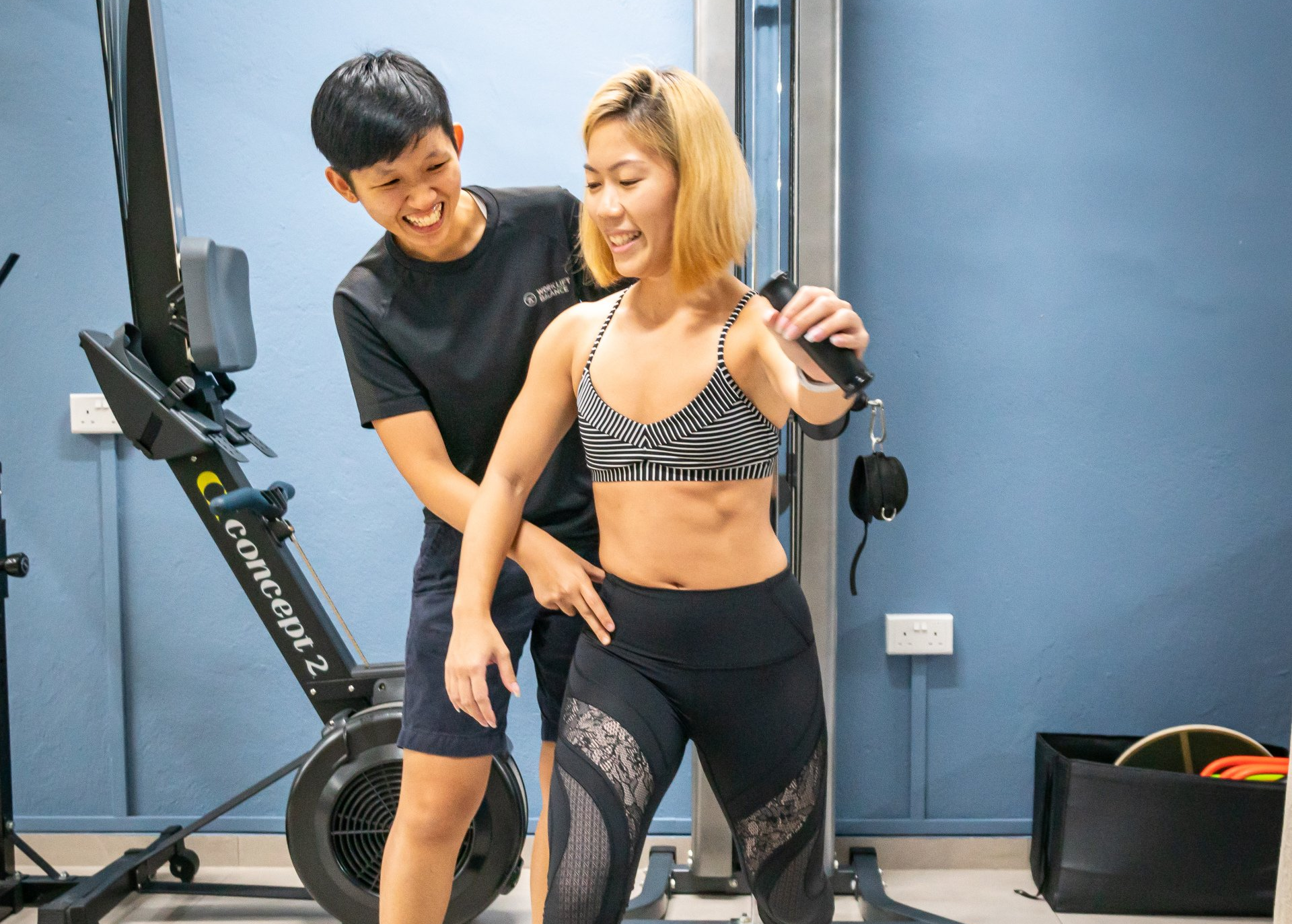
By mildred
•
25 Oct, 2019
STACKED is a functional core training approach designed to help you become a resilient, effective and balanced human. It is achieved through improving control in joint positions, muscular connections and dynamic balance in functional movements. It has a strong emphasis on how to stay centred and better utilise your body in space! Joint Position Each joint in our body is designed for a specific function, and has accompanying muscles that properly support it. For example, our glenohumeral joint (shoulder) is designed to be very mobile and requires the shoulder blade and thoracic spine for added stability and control in function. While we throw a ball, there are specific muscles that contracts and relaxes within the shoulder joint itself to create stability and torque. But the shoulder joint will need the support of the surrounding musculature for the throw to be strong, powerful and precise. All of these will ensure that the shoulder doesn’t undergo unnecessary wear and tear and will contribute to long-term joint health! Muscular Connection The upper and lower body works together to produce a functional movement. If we think about throwing again, to generate a strong and powerful throw, it comes with adequate support from the legs and core. At no point does any of this occur in isolation. These muscular connections happen through the help of the connective tissues such as your tendons, ligaments and aponeurosis, what we collectively term as fascia. Together with the muscles, we get our myofascial complex that helps the body move as one unit. Proper development of these muscular connections allows us to utilize these muscular chains effectively so that no single joint is taxed unnecessarily. Dynamic Balance Movement happens in three planes, namely forward and back (sagittal plane), side-to-side (frontal plane) and rotational (transverse plane). During movement, all three planes of motion are utilized - one plane for movement, the other two for stabilization. The coordination of the muscles in the different planes of motion is responsible for the balance of the body over the center of gravity especially important when we change direction, run and jump! As Ida Rolf said, “True strength is not hardening. It is resilience, adaptability and stability. It is characterised by elasticity”. The combination of the above movement foundations allow us to be strong, flexibile, agile, and all in all, it lays the groundwork for pain-free performance. Keen to find out more about our approach, drop by to have a chat with us or book in for a movement consultation!
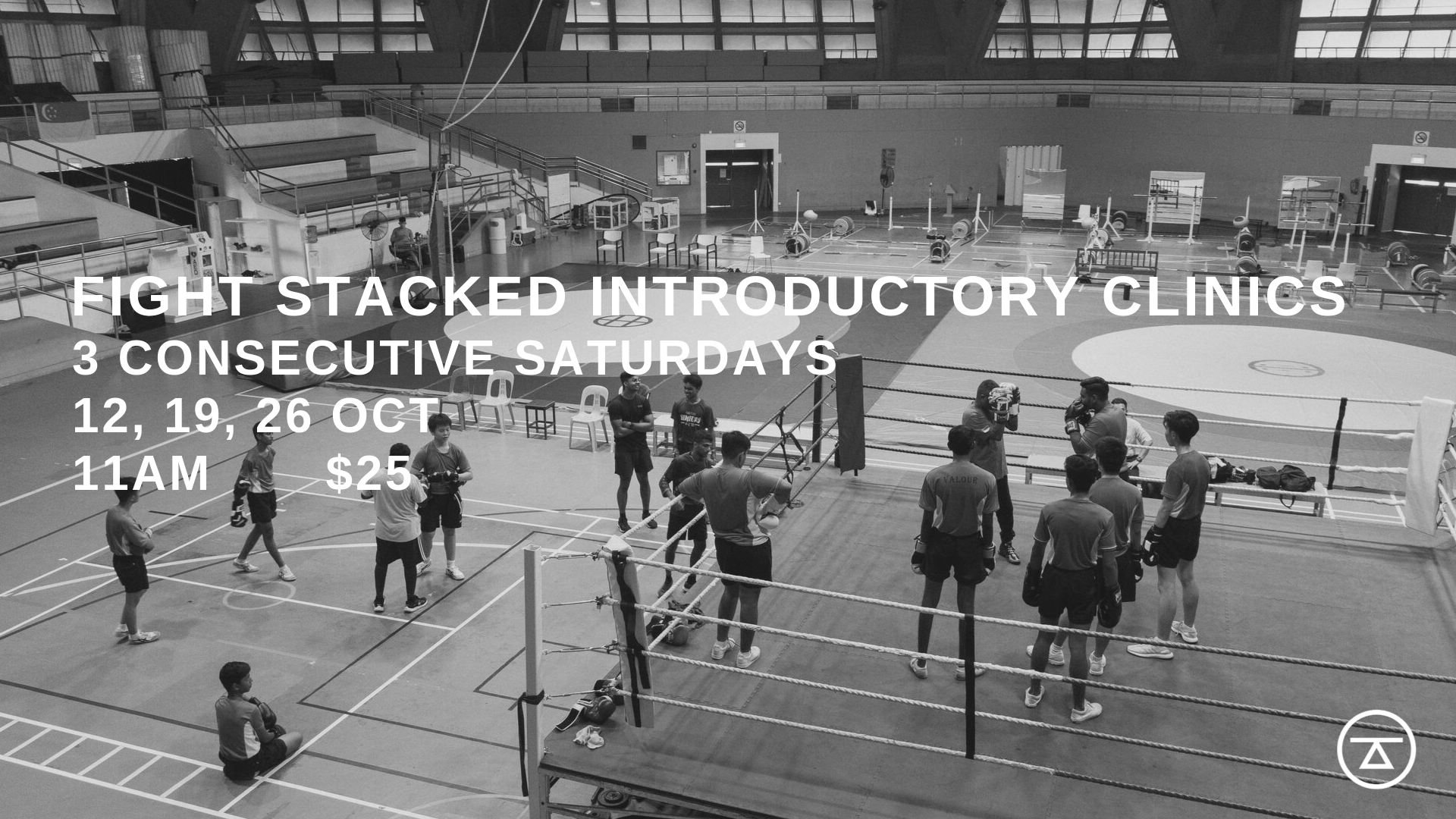
By mildred
•
08 Oct, 2019
We ended our Run STACKED season with new PBs for all! Better technique, better timing, less pain! For the final quarter of the year, we will be introducing something new, fresh and fun! Fight STACKED is our boxing class that will build your foundation for performance health in boxing. It focuses on total body baseline strength and motor control drills and teach you how to effectively use the body to throw faster, stronger and more effective punches. You'll be expecting an hour of intentional movement & boxing conditioning! Join us this Saturday & the upcoming Saturdays for the month of October! Register here: https://wlb.punchpass.com/classes/4479654 !
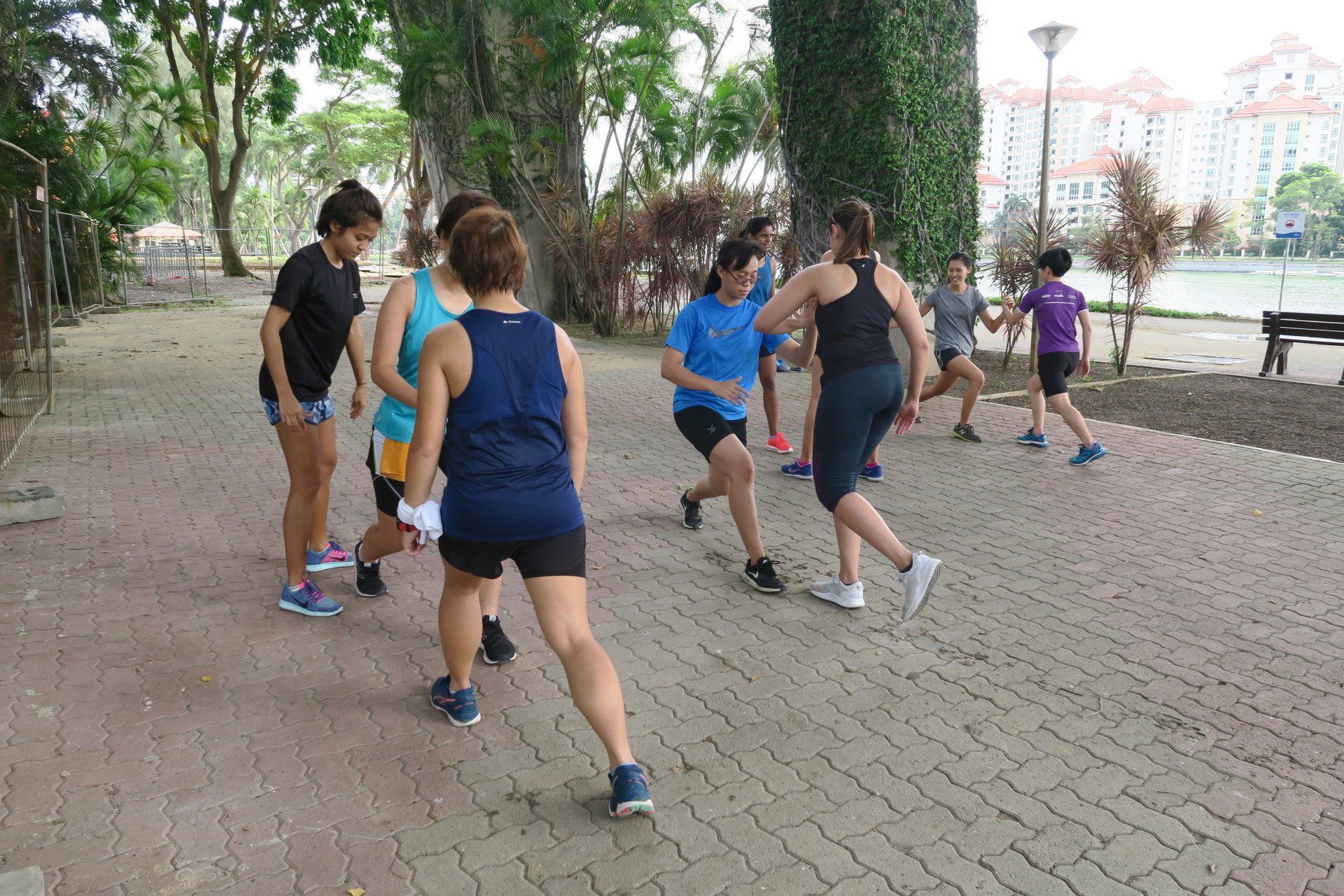
By Shern
•
24 Jun, 2019
We aren’t running experts, but we are well-known for producing more efficient & healthier athletes (think less pain & injuries). Therefore, we are thrilled to introduce our first sport-specific STACKED Foundations program, designed to educate and support runners on their pursuit of pain-free performance! We've done a similar running-type clinic two years ago and decided that it was impossible to educate athletes on how to run better within a day, or worse, a couple of hours, and so created a more progressive clinic to ensure we take athletes through not just the theory, but the practice of it . And unlike conventional run clinics, ours will focus on building (or rebuilding!) muscular balances in your body through run-specific drills. We will build on different concepts with specific areas of focus each week, stacking things up in a way that sets you up for a stronger and better run! This allows runners of any background to join us. The Run STACKED Clinic kicks off with a Community Pre-test Day on Saturday 3rd August where we will clock a personal best of 1.6km to determine the pace we will be using over the 8 weeks of Tempo Tuesdays. This day is also important as we set goals, and test other outcome measures such as pain scores, which we will be used in determining your success in the program. Over the course of 8 weeks, a maximum of 8 athletes will meet with us once-twice a week to STACK (Wed 7:30pm & Fri 7pm), and join us in our community runs on Tuesday and Saturday mornings. Over the course, we will help fine-tune your movement habits & work with you through STACKED exercises that cater to better and healthier adaptations of your body. At $480 for 8 weeks. this is also our most affordable STACKED program. So regardless of whether you’re looking to run your first race or to just looking into running better, join us !
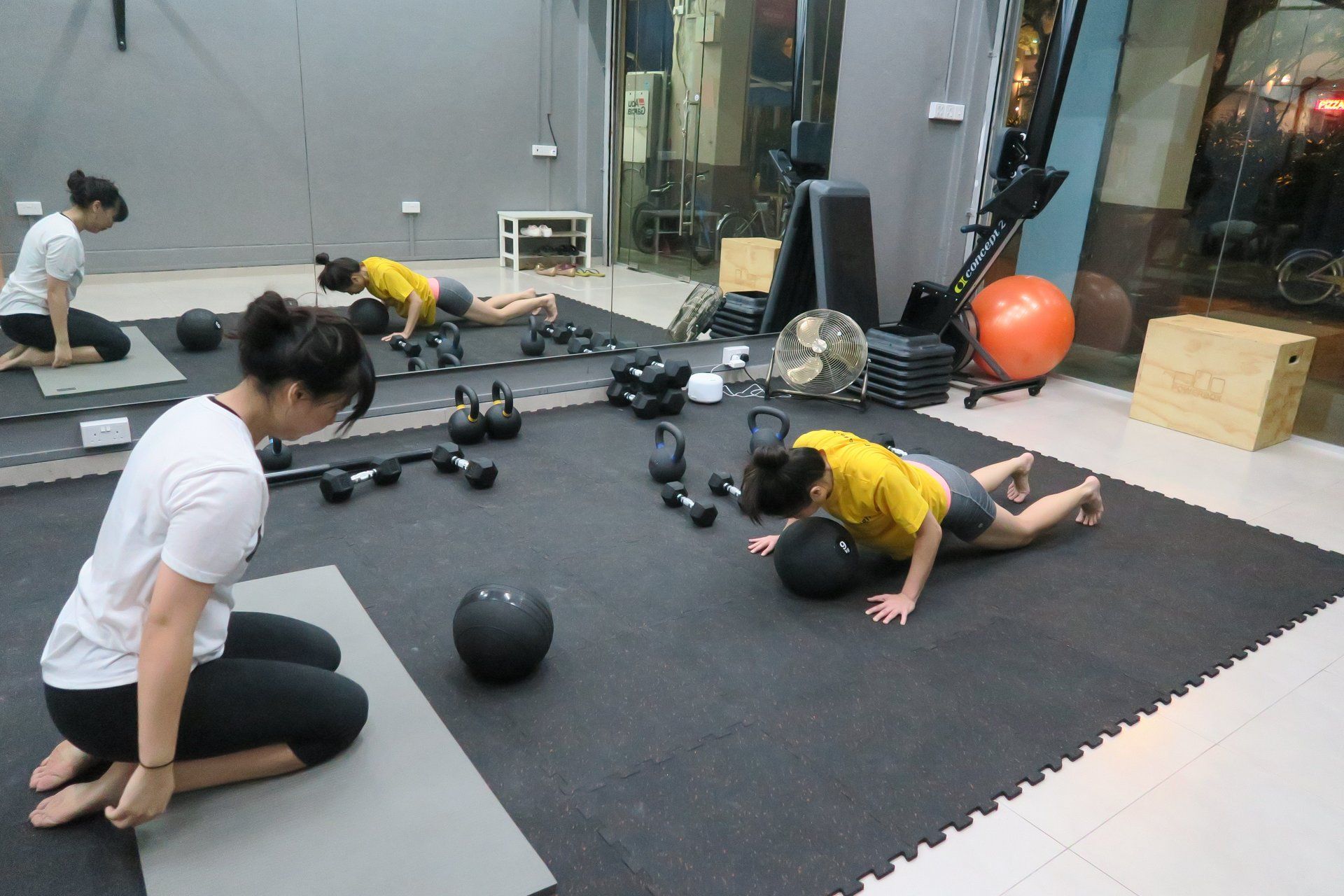
By mildred
•
21 Sep, 2017
That end range in the squat is hard to control, so you stop at parallel. That overhead position is hard to achieve, so you put on lifting shoes. That knee seems unstable, so you put on some sleeves. Bad movement (and pain) always start with: “it’s easier doing it this way”. Trainers who are driven by performance will be able to give you the short cuts to help you achieve your performance goals in the fastest period of time. The problem with the path of the least resistance is that while it can certainly help get you to perform better, faster... something always has to give. The smarter ones are those who take the path of the most resistance. It may seem like a slower, more difficult, more frustrating path. But that's where you find the most progressive gains that actually give you BOTH health and performance. If you didn't start right, it's never too late to hit a reset.
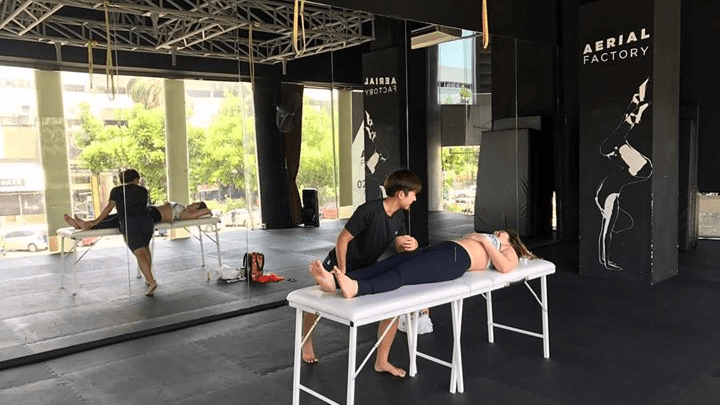
By mildred
•
19 Sep, 2017
One of the biggest flaws among the athletic community is that they fail to recognise that the human body is built to last, and that chronic pain, has no part to play in this process to become stronger. The human body is designed with multiple systems that enables good movement and optimal function. The interaction of these systems play an important role to protect the deepest & most intricate details of the human body which ensures longevity. But perhaps the most intelligent system our body has is the alarm system, called PAIN, that tells us when the body is under some sort of threat – often the first sign of ‘system failure’. Preaching the notion of “no pain, no gain” has undermined the importance of pain as a protector, and instead promotes a risky mentality of working WITH and PAST pain levels. The result? A slow and painful ‘death’ of the mind and body. Granted when we talk about high level performance & sport, both mental and physical ‘pain’ may be involved. But really, how many of us are truly competing at such levels?

By mildred
•
19 Sep, 2017
Many associate simple stretches, massage, joint manipulations, and machines to physiotherapy treatment. Some even swear by the effectiveness of these treatment methods in keeping them free of pain (even if it's for a short-lived amount of time). But have you ever wondered, why do people have to go back again and again to treat the same issue? Treatments that create an over-reliance only provide a temporary relief of pain. Real rehabilitation occurs over a period of time, where plenty of active learning occurs to replace your old, die-hard habits. Every single time you hit a roadblock in your 'training', it continually requires you to refine your habits as you get better. Ultimately, if you're hungry for consistent improvements in your condition & performance, you will realize that the journey of rehabilitation has a lifelong policy without a handbrake.
Locate Us
464 Crawford Lane, 01-464 Singapore 190464
(Next to Outpost Climbing)
Business Hours
Monday: 11 a.m. - 7:30 p.m.
Tuesday: 10 a.m. - 7:30 p.m.
Saturday: 9:00 a.m. - 4p.m.
Closed on Thursdays, Sundays & Public Holidays
All sessions are by appointment only.
© 2024
All Rights Reserved | Work Lift Balance Private Limited.

